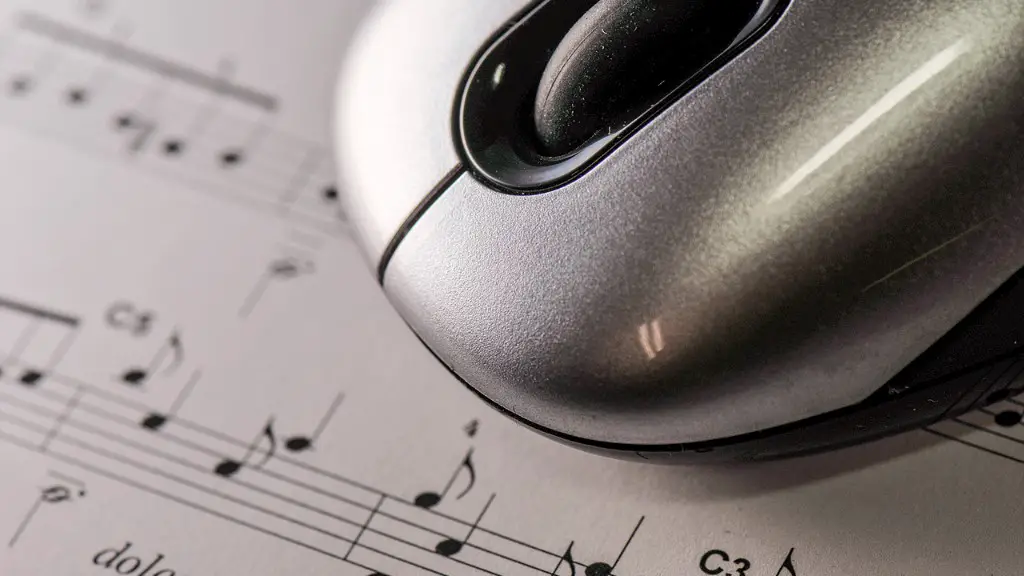How To Draw A Doggy
It’s everyone’s dream to be able to draw a doggy that’s so realistic, it could almost come to life! Well, if you’ve been searching for the perfect dog drawing tutorial, then you’ve come to the right place! Drawing a doggy can be super-simple if you have the right tools and know-how. Here are a few tips and tricks to get you started.
Gather Your Supplies
It’s always a good idea to gather all your materials before you embark on any art project. For drawing a doggy, you’ll need the basics – a pencil, paper, an eraser, and a sharpener. But you’ll also want to invest in quality pencils with a range of hardness for creating basic sketching and fine details. Charcoal and pastel paper are ideal for finding the perfect balance of black and white, but you can get creative and use whatever paper you like.
Choose Your Doggy
Not all doggies are created equal, so it’s important to choose the right pup to draw. Dogs come in all shapes and sizes, from the tiny and fluffy to the muscular and athletic, so there are lots of options. If you’re a beginner, try to go for a simple outline, like a beagle or a dachshund. Once you have your pic, you can start sketching.
Play With Perspective
Drawing accurately is all about mastering the angles and perspective. To start, focus on the face and facial features of your doggy. This can be tricky because a face is smaller than a body, but once you’ve nailed it, the rest will come naturally. Consider the eyes, ears, mouth, and nose from different angles and experiment with the size and shape.
Adding Fur & Texture
Adding fur and texture is the fun part of drawing a doggy. Be creative and add as much (or as little) detail as you like. To achieve a realistic effect, you’ll need a range of pencils with different levels of hardness. Start with a light sketch and add patches of fur and texture on top. This can be tricky but with a bit of practice, you’ll get there!
Perfecting the Finishing Touches
Once you have the basic outline and texture of your doggy, it’s time to finesse the details. Add shading and shadowing to create depth, play around with the tone and contrast, and use an eraser to draw highlights in all the right places.
Learning How To Draw A Doggy
Drawing a doggy doesn’t have to be a daunting task. With a few supplies, plenty of practice, and a bit of patience, you’ll be creating realistic pooch portraits in no time. The key to success is to take it slow and trust your instincts. Have fun and let your creativity flow!
The Art of Blending & Shading
It is important to understand the art of blending and shading if you want to create a lifelike depiction of a doggy. To get the best results, use a softer pencil to sketch out your pup, and then use different hardness pencils to blend and create shadows. Learn how to produce stunning contrasts between light and dark and create shape and definition.
Work Out the Proportions
Gaining mastery in this form of art requires practice and dedication. When drawing a doggy, first, refine your rough sketch by planning out the proportions of your pup and then refining them until they create a perfect outline. A correct use of shapes and lines will help to define the silhouette of your doggy and make it look more natural.
Mapping Out the Smaller Details
After you work out the proportions, it’s time to focus on the details. Examine the dog’s facial features and capture its unique markings, fur patterns, and veins on the drawing. Try to create small rippling details to add extra realism and make your pup look more lifelike.
Infuse Life Into Your Drawing
Finally, you’ll need to infuse life in your doggy drawing by creating a sense of movement. To achieve this, subtly adjust the angles of the dog’s stance, tail, ears, and eyes. This will bring your masterpiece to life and make it look like a real pup.
